Travelling isn't much of a thing right now...The virus and all...But rather sit around and mope we decided to be tourists in our own town today and headed off to a small town called Moonta, otherwise known as Australia's Little Cornwall!
Moonta lies within a Council area called the Copper Coast, about 165 kilometres from the Capital City of Adelaide where I live. The area was notable for it's mining of copper and in the middle 1800's was actually the third largest copper producer in the world!

A few rocks I collected whilst wandering about showing their green hue, typical of copper deposits.
Copper in Moonta was first discovered by a young shepherd boy who saw a few copper deposits sitting on a wombat burrow, obviously dug up by the industrious wombat. He reported it and pretty quickly the mining boom started.
Thousands of Cornish miners arrived, their families in tow, all eager for a new life away from the depression gripping their industry in Cornwall; The rest is history...Little Cornwall began, right here in South Australia.
As it turns out, my ancestry traces back to Cornwall, UK and some of my ancestors also made the long journey to Australia back in the mid 1800's to work in the mines and begin life anew...So, going to Moonta has a special meaning to me.
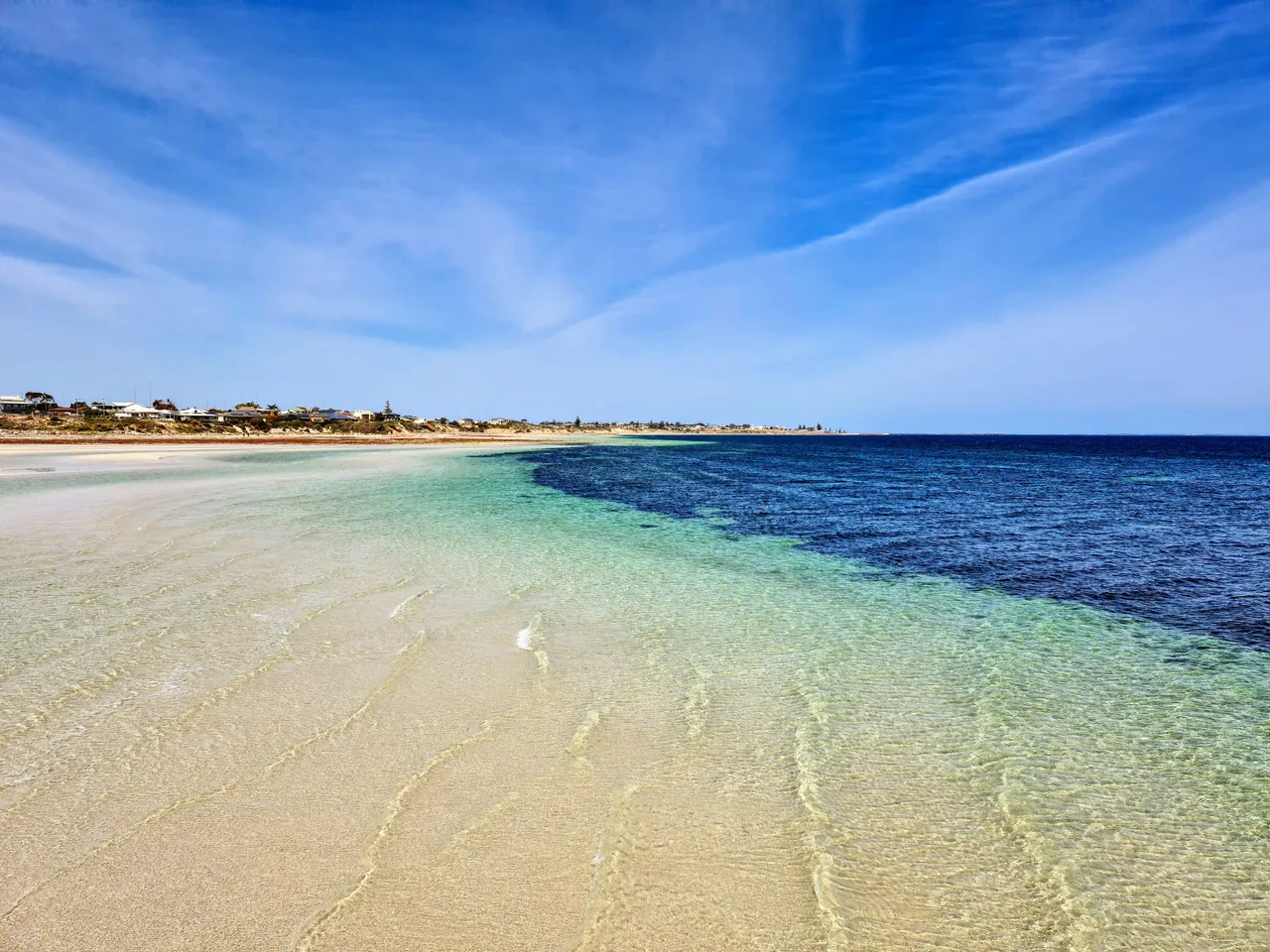
The sea-bed is on a very shallow gradient around Moonta so when the tide is out it exposes a lot of the sea floor. This is demonstrated in the images above and below. It's a shame the tide was out though because when the water is up it gives off the most vibrant green colour, oddly much like the copper rocks in the main image. It makes sense though right?
It was a little windy out here exposed to the sea breeze but we walked up and back on the jetty and took it all in.
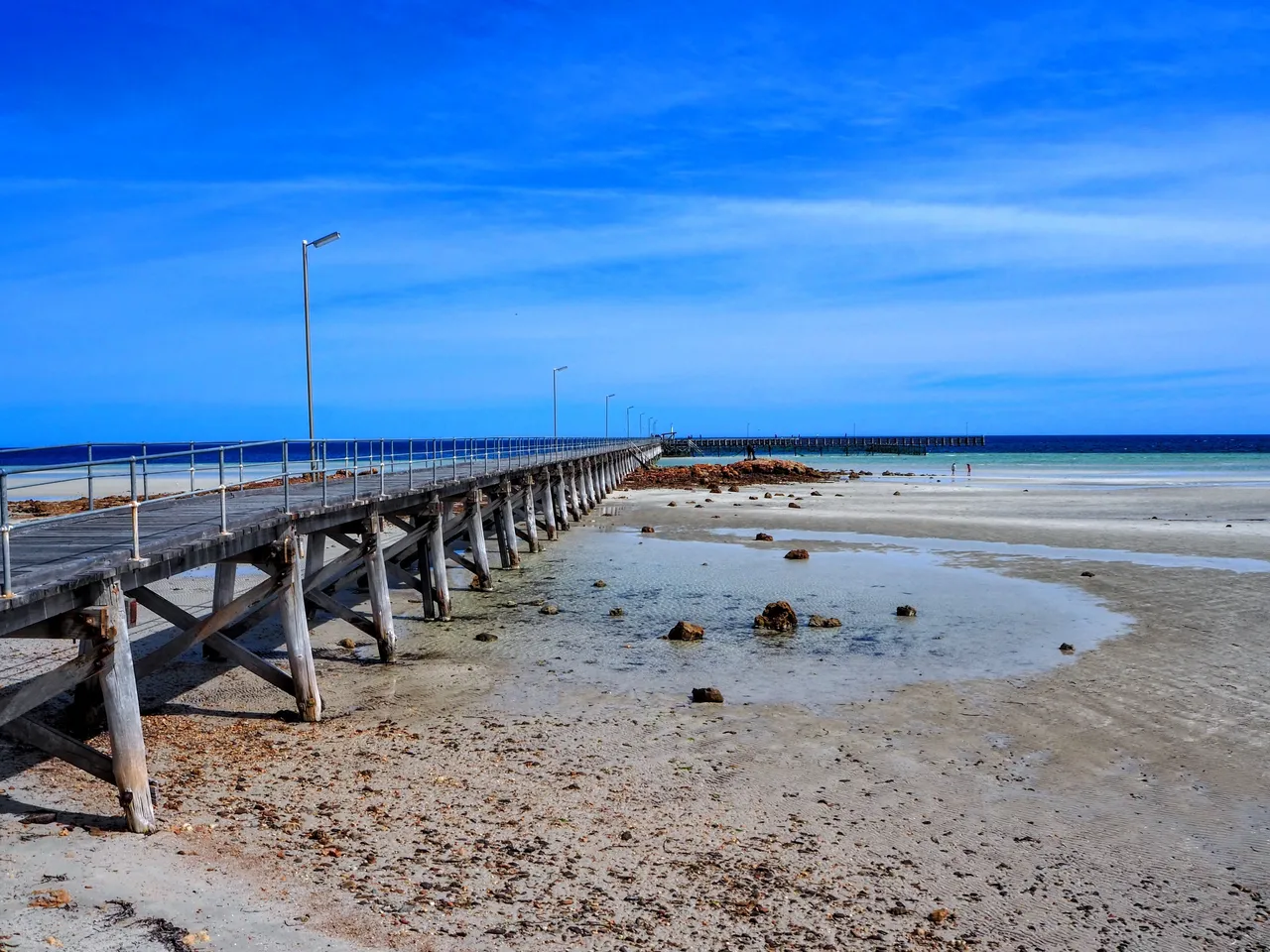
Moonta sits right on the coast and can be a sleepy little town at times although it's a popular spot in school holidays with very nice swimming beaches, good fishing and a relaxed, laid-back. The town itself is quaint, a single main street surrounded by a grid of residential streets with a nice park situated at one end.
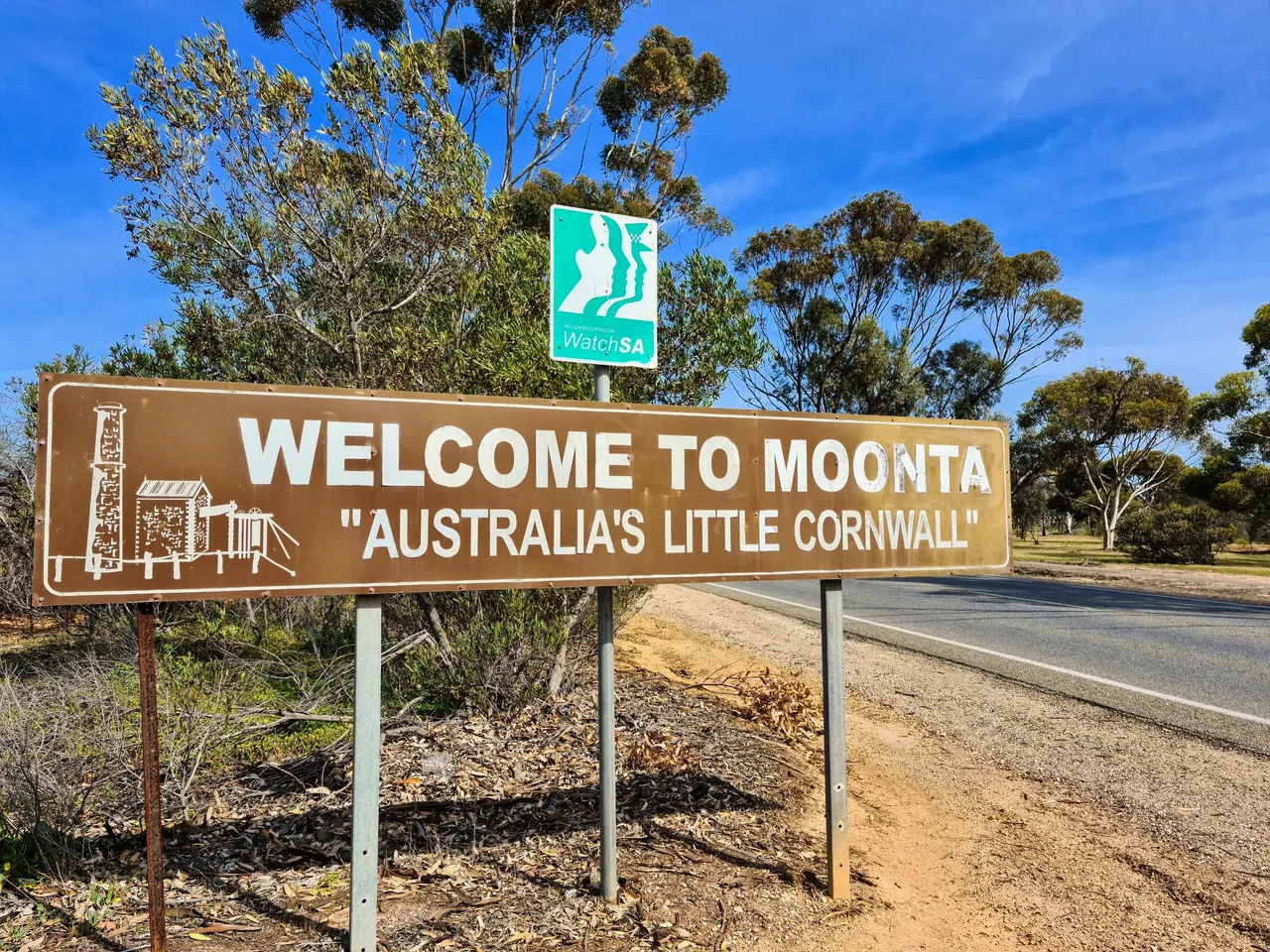
On arrival one is greeted with this sign reminding people of the town's mining and Cornish heritage. Heading into the main street reveals many cafe's, antique and arts and craft stores, a few of which we had a look inside of.
We found one that had all sorts of old things in there for sale which was really cool: Tools and implements, gas station signage, old bottles, books, old clothing, jewellery, records...Just about anything you could think of. Of course Faith found something more her style, pictured below, and she browsed around a bit before we headed off to the mines.


The Moonta mines are a couple kilometres out of town; They're mostly ruins of course but wandering around one gets a sense of the extent of the work required to construct and operate the mines which cover a very massive area. It must have been backbreaking and tiring work making it all work and with shafts down to over 300m deep...A lot of clever engineering went into it too. The Cornish miners were the best in the business at the time.
Below you can see Faith standing in front of an engine house that would have powered the mining machinery, conveyors and other bits and pieces, In this area there were also three big boilers in this area to create steam to power everything.
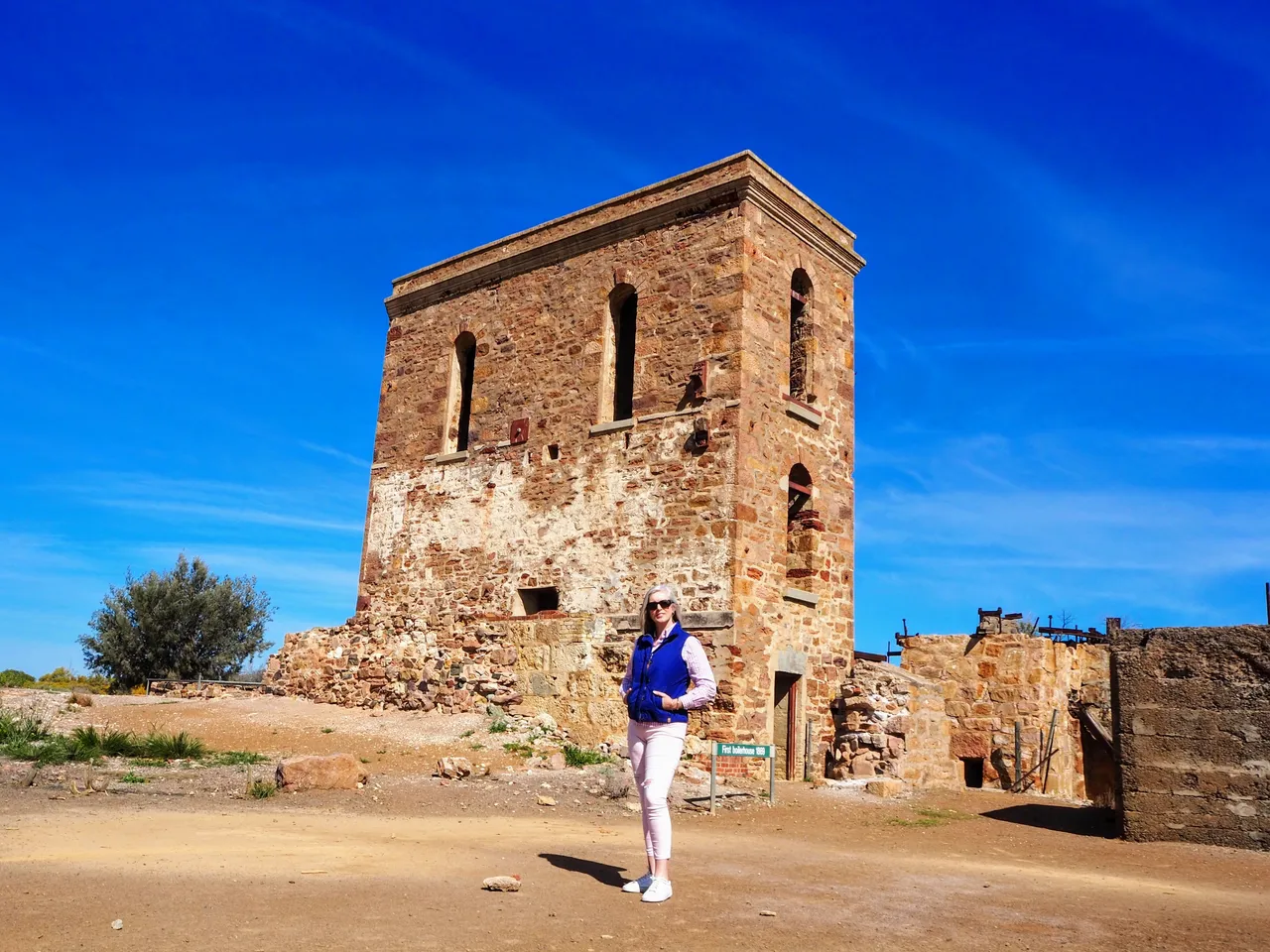
The next couple images are of a chimney, what remains of one, that worked in conjunction with the boilers. You can see the base of it first and the second image is taken from inside it. The rest of the chimney stack has been removed for safety reasons as it wasn't in good shape.

Chimney stack base above. This was about 18 to 20 feet high or so.

Taken inside the chimney base looking up. The Cornishmen knew what they were doing when it came to mining and building mine sites. The workmanship is amazing.
Below is another engine house, also ruined of course. Here you can see the chimney still stands though. Again, the craftsmanship is precise and of a very high standard. Driving around Cornwall in the UK one will see these things all over the place.
Thousands of people were required to work mines like this and there were men and boys doing all sorts of things from underground operations, stone masonry, ore crushing, sorting, grading, construction, management, tending horses, pushing, pulling, lifting, digging, hauling...It was a massive operation, was very dangerous work and would have taken its toll on the workers. Come the end of they day they had a few kilometres or more to walk home, some meagre foods to eat and a chair to sit on if they were lucky. Tough folk the Cornish, and I'm pleased to have this solid work ethic and toughness in my own make up...Thanks ancestors.

Below is a shot I like taken at Hancock's Tailing Heap, looking up at it but shot down low - I just like the contrast of colours. This is where they would pump acidified seawater over the Tailing heap for the leaching phase of the precipitation process (also called cementation) which would draw out additional copper...Every ounce of it was valuable. Sulfuric acid was used in this process, again, very dangerous work.
This Tailings heap was several hundred metres long and about 50 metres wide in a rough 'L' shape and about 10-12 metres in height. I climbed it so see what I could see...Tailings is what I saw.
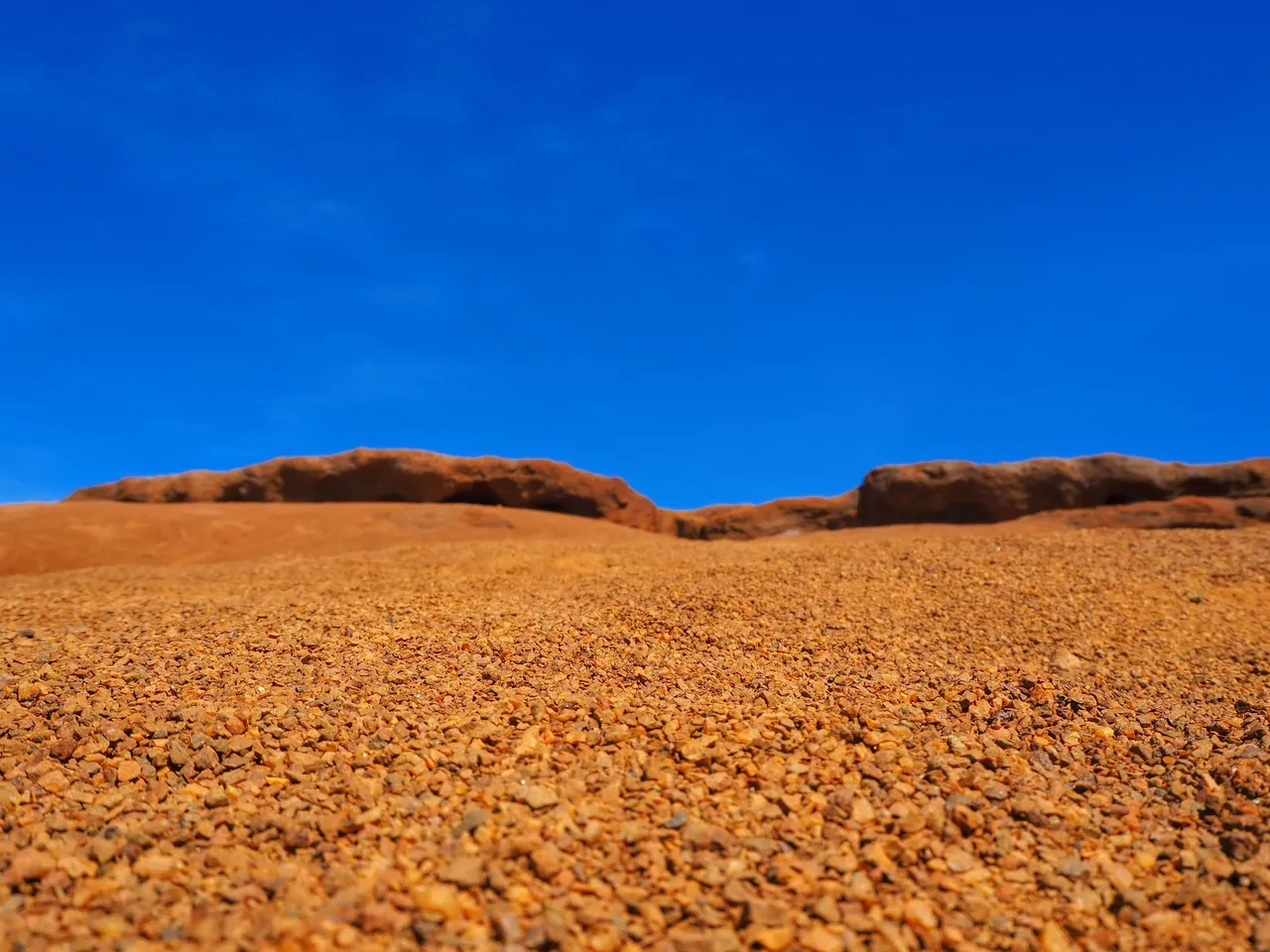
Below you can see some of the floor area in what was a sorting room called the ore floor. The pickey boys, some only 12 years old, would sort the ore and direct it to the appropriate place...The very copper-rich ore would go directly to the smelter, the not so rich to the crusher for concentrating, and then the smelter. The non-ore-bearing rock would go to the attle heap. These boys would work long hours with little shelter from the elements; Very hot in summer and cold and wet in winter.
Here below you can see green rocks...That's copper, and in the back of shot some destroyed buildings which was part of the mine-works.

There's a really cool heritage centre near the mines which has a museum and a nice little train ride that goes around the mine site so visitors can see it all quite easily. We chose to make our own way though.
The museum is run by the National Trust and manned by volunteers. It costs $8 for adults to enter without NT membership and it's worth a look. It explains the whole mine, the history and tells the story of the man and their families that came from Cornwall to work it. The train ride is $12 per adult.
We stopped for lunch here and sat around talking about the history of the place, it's rise and fall, and about my ancestors who worked this mine. There's a book written about my ancestors in particular actually, a chronicle as such of the Cornish arm of the family...I have it and am very proud of all of them. They overcame terrible hardship, backbreaking work, illness, death of their infants, lack of money and life in a harsh land...But they lived and loved...And that's why I'm here today.
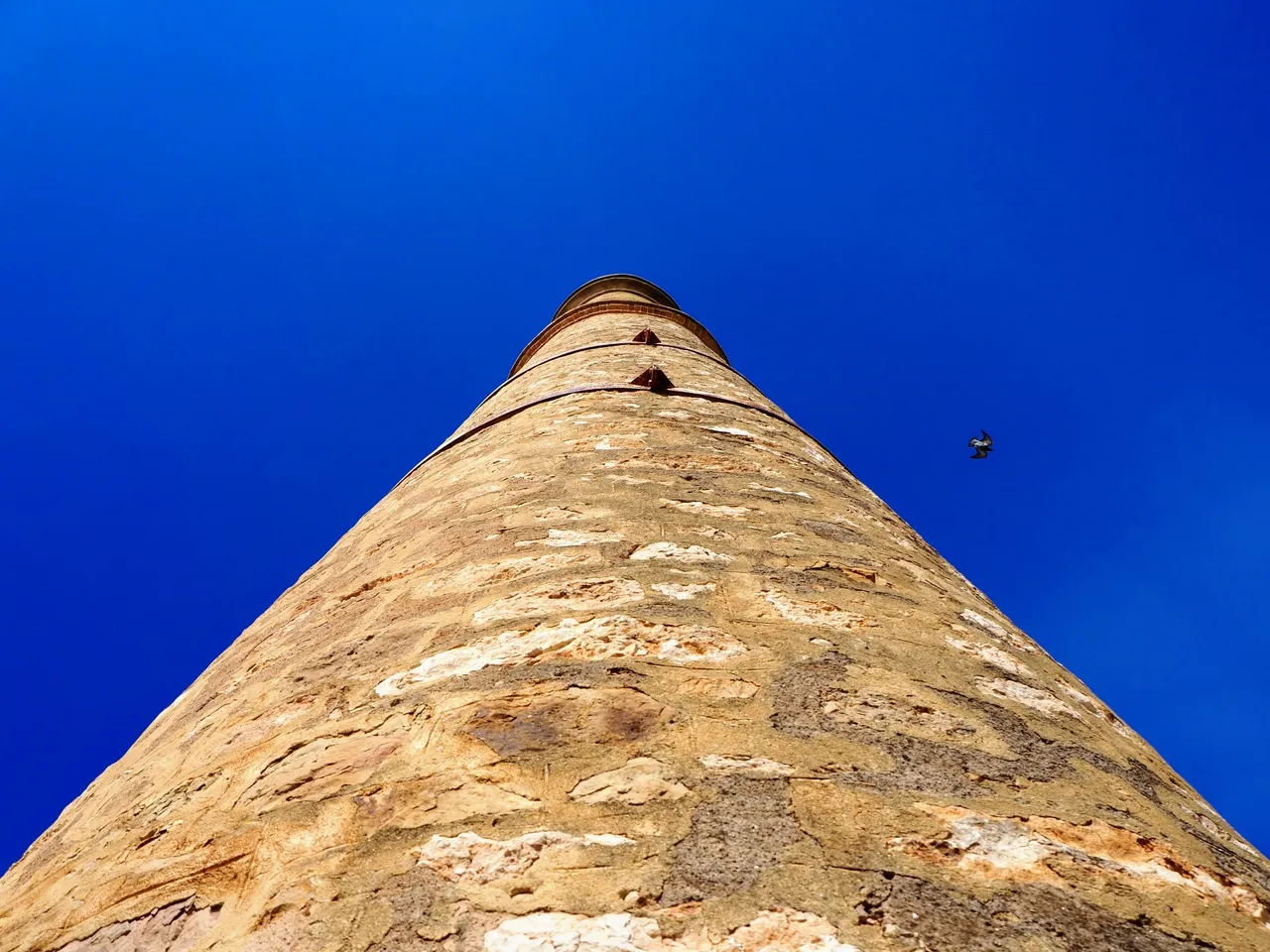
This last image is included as I like it, and I captured a bird flying over too, at the right side. This is the chimney pictured above next to the engine house. I don't know...I just kind of like this shot. This chimney stands as a monument to those who worked this mine...I think it's very cool it stands to this day.
We had a great day today...Relaxing and informative. We drove a total of 400 kilometres (250 miles) today, listened to some tunes and talked. The weather was very nice, around 25 degrees so...A perfect Sunday really. We enjoyed meandering around, reading plaques and information boards and getting a feel for what it might have been like for my ancestors and their compatriots. It was just a nice day cruising the Copper Coast and being tourists in our own town...So to speak.
Thanks for coming by.
Design and create your ideal life, don't live it by default - Tomorrow isn't promised.
Be well
Discord: galenkp#9209
Engage the weekend Community - A community dedicated to the weekend!
